Instead of traditionally screen printing directly onto apparel, screen print transfers are first printed onto a transfer paper using the same plastisol ink. The paper has a release coating that lets the plastisol ink peel off of the transfer and bond to the fabric.
Screen printing is proven technology that has been around for a very long time. The first images screen printed onto fabric took place over 1,800 years ago in China! Screen print heat transfers weren't invented until the 1960s.
Starting out in the apparel printing world can be intimidating. The options and jargon can be overwhelming. With HTV, sublimation, DTG, heat pressing, and screen printing it can feel like you are learning a new language. Don't worry, we'll help you learn the terms and know the most efficient printing method for your project.


